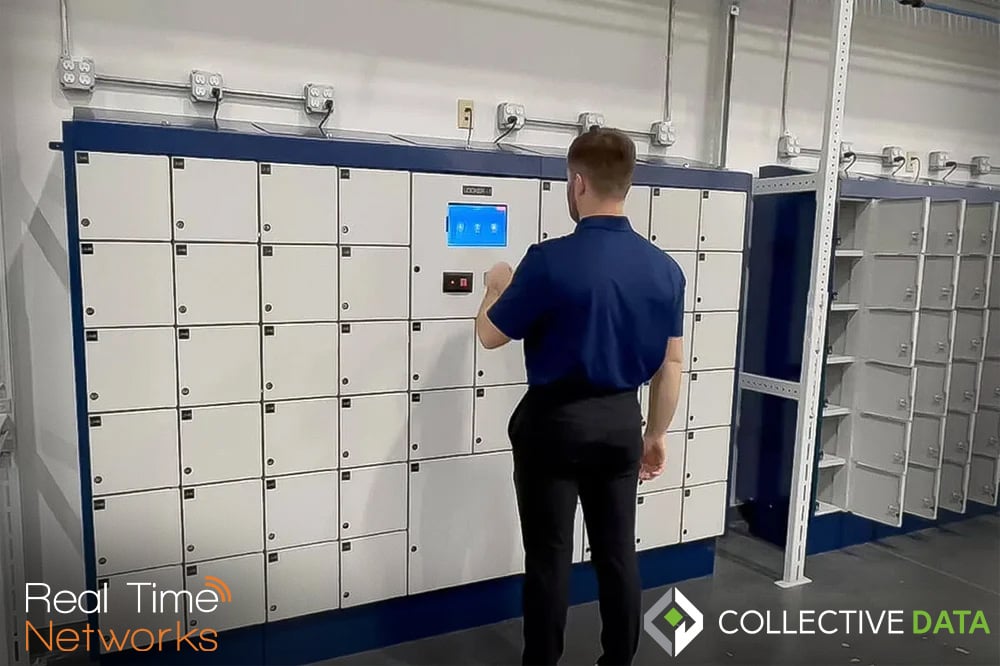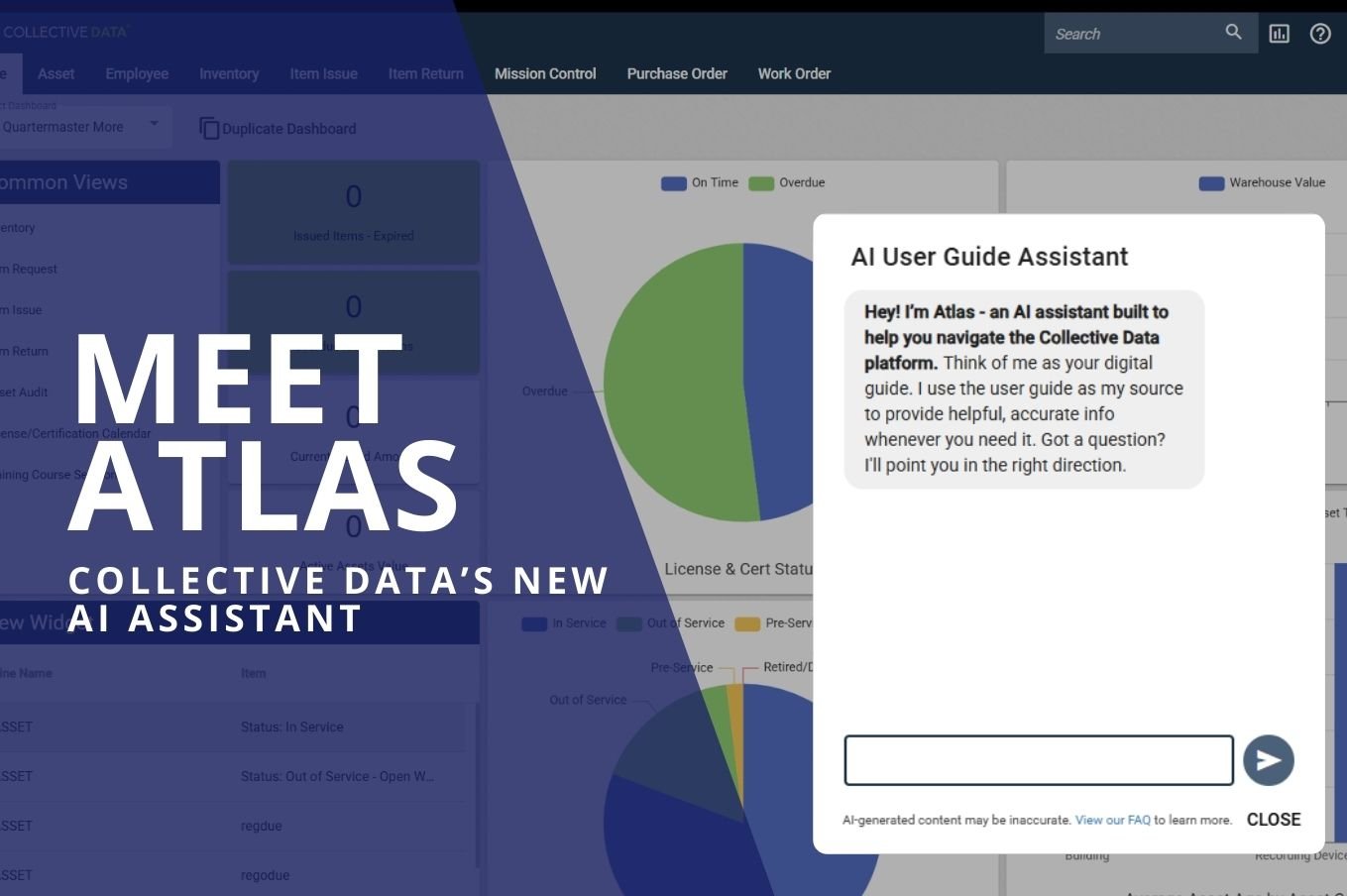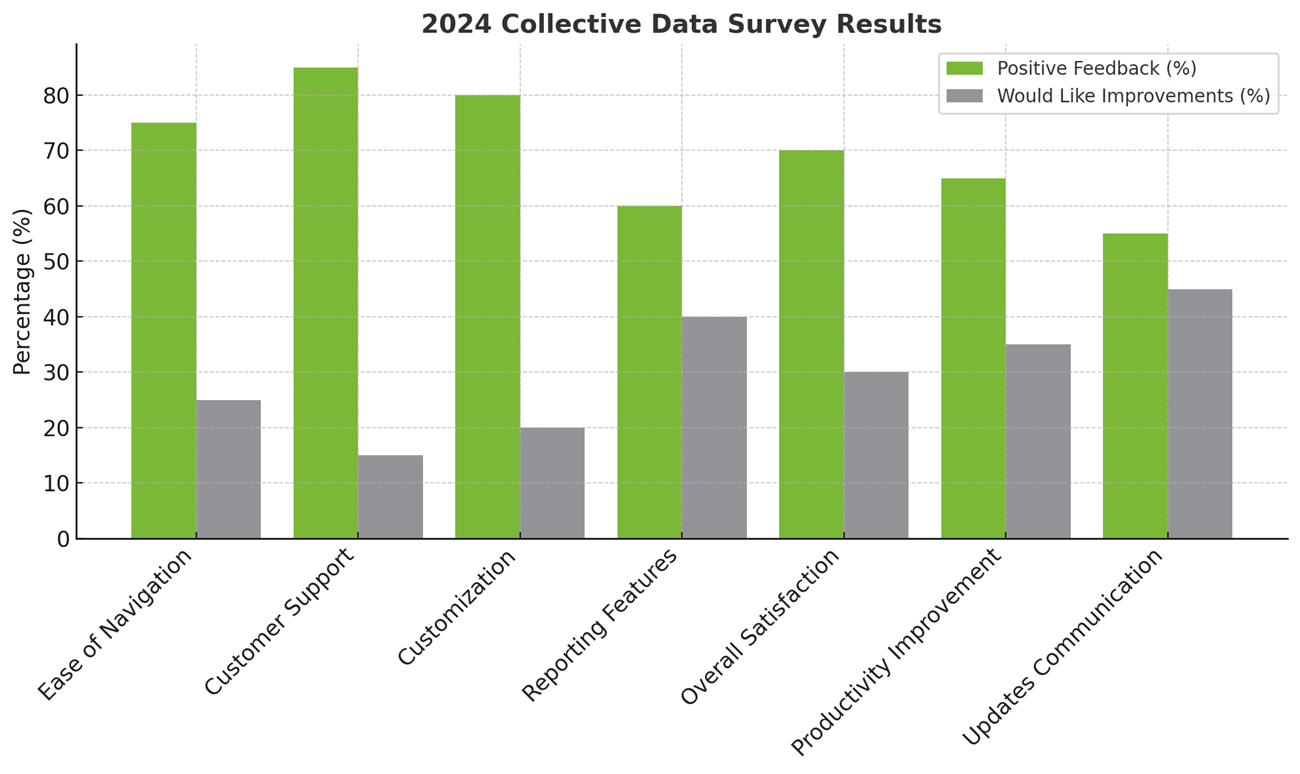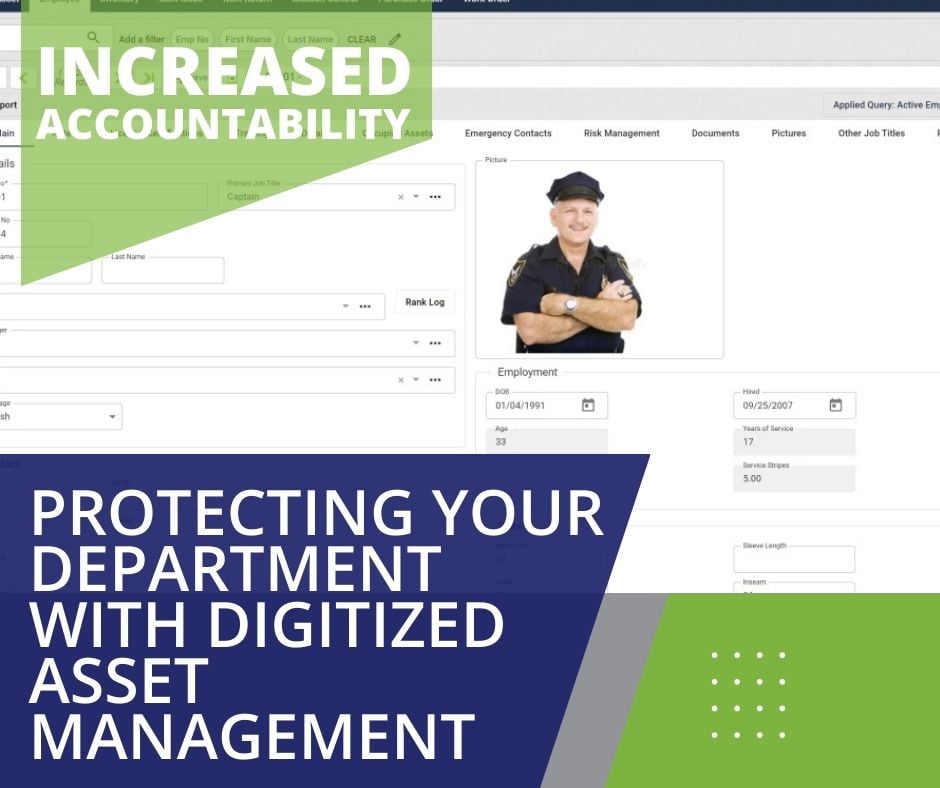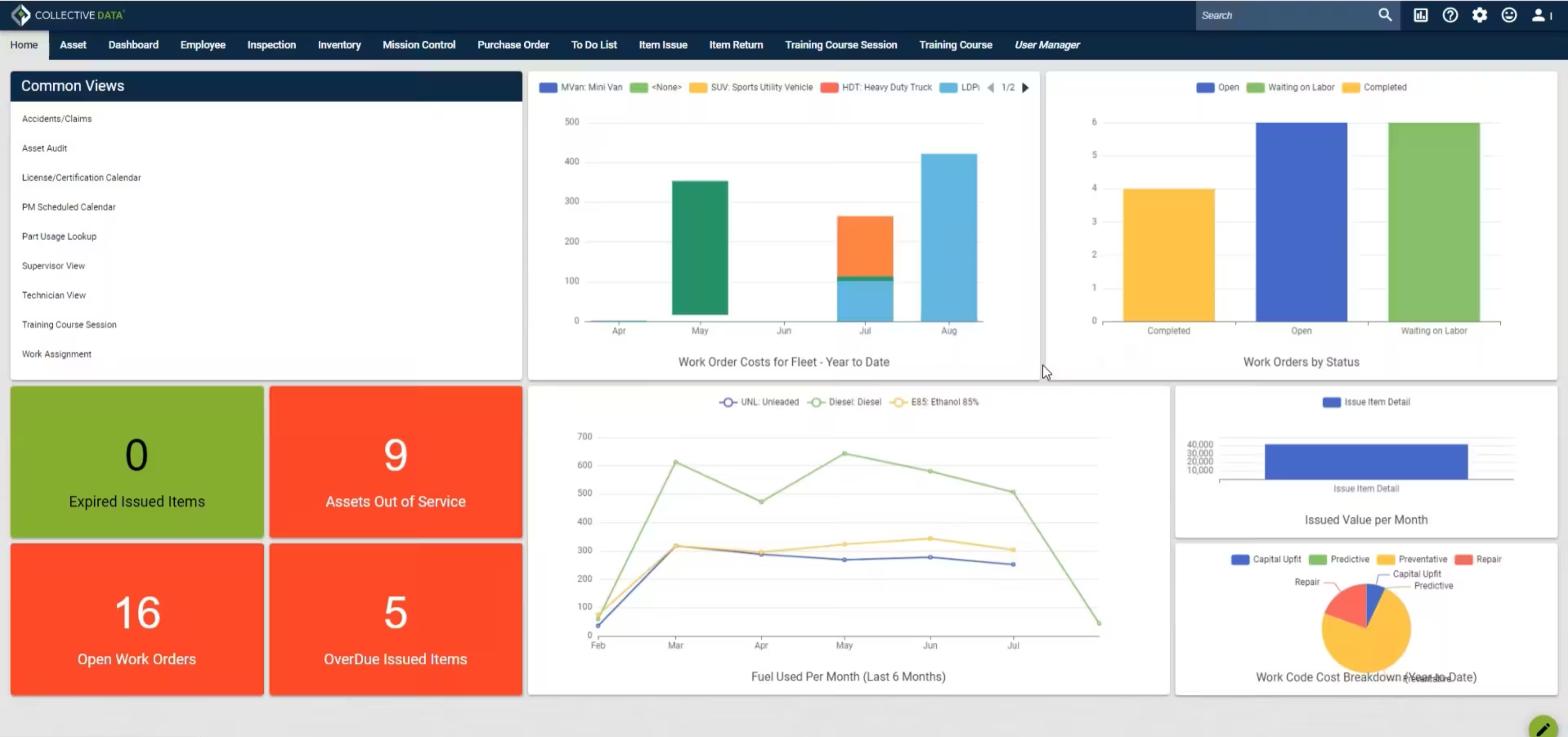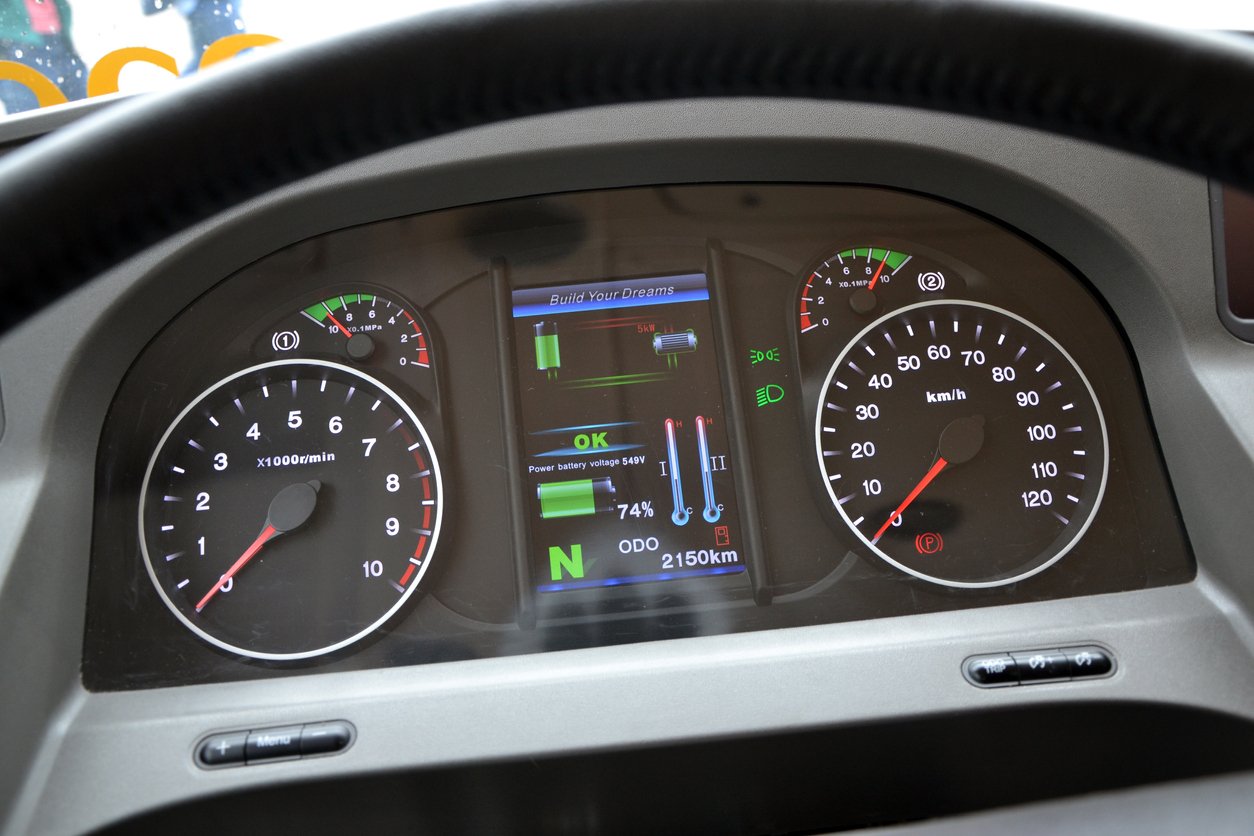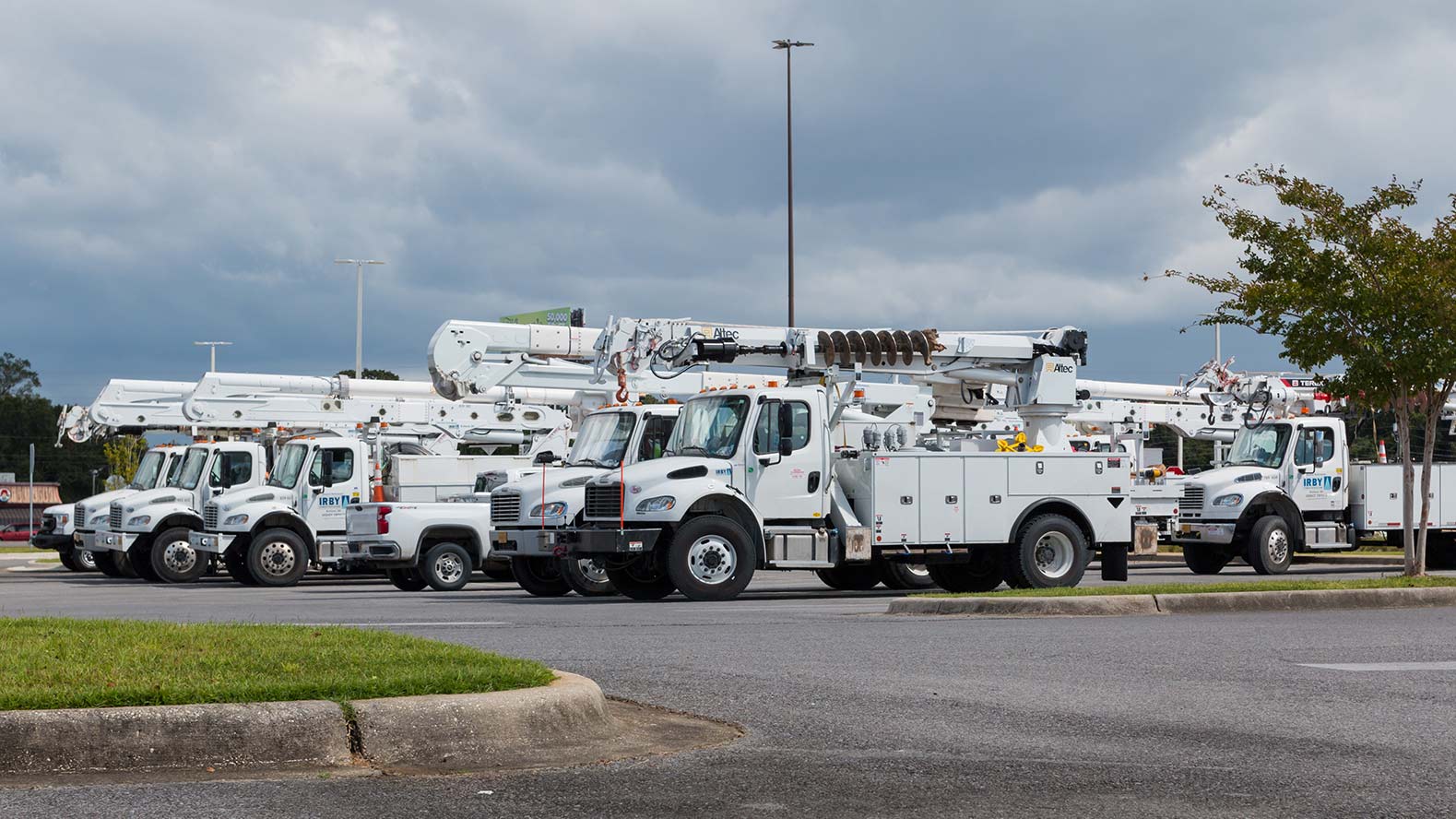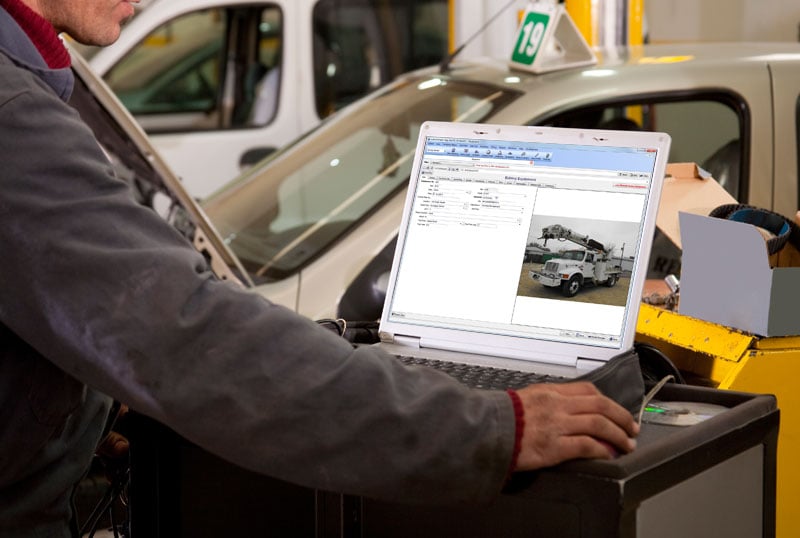What in the real-world does Goldilocks have to do with fleet management and shop efficiency?
Efficiency means ‘achieving maximum productivity with minimum wasted effort or expense.’
Look, right away we’re talking Fleet Management language that makes sense – highest output at the lowest cost. There is no room for fairy-tale endings with maintenance shop budgets.
But, what about our story?
When she visited the Three Bears’ place (you might argue she was actually an unwelcome trespasser), Goldilock’s mission was to find that sweet spot where just right is the target – the goal – you might even call it the budget. Remember, she found that sweet spot each time. The porridge was just right, the chair was just right, and finally, Baby Bear’s bed was so just right she found herself in a most confident and comfortable situation. How did she do it?
Although this fairy tale doesn’t exactly say so, here’s what you can learn from Goldilocks and what it means to efficiently managing fleet maintenance.
She inspected and used the data to make well-informed decisions.
Sure, it’s a stretch. Goldilocks and the Three Bears didn’t have smartphones to collect and track data. They didn’t have a powerful, easy-to-use, web-based software solution to manage how much porridge should go into each bowl and what the optimal cooling time was. However, that fair-haired intruder inspected each asset – the porridge, the chairs, and the beds – and determined what was best at the time.
Let’s probe the story even more. Pretend Goldilocks is your fleet manager and Papa, Mama, and Baby Bear are maintenance techs taking care of their own chairs. Papa Bear clearly overbuilt to Goldilocks’ weight specifications; Baby Bear may have cut corners, but Mama Bear maintained her chair in the most cost-efficient way to hit that just right sweet spot.
Just like our fairy tale, tracking fleet maintenance activities and asset data will give fleet managers, shop supervisors, and mechanics all the metrics and information they need to efficiently manage their operations to always get it just right.
9 Actions to Improve Fleet Management Budgets & Maintenance Shop Efficiency
-
Manage Preventive Maintenance (PM)
Complete a PM too early (an oil change for example), you lose money because you won’t get the full mileage efficiency from the oil and filter. Too late, you put unnecessary wear & tear on your vehicle shortening its useful life maybe even causing unneeded repairs. PMs scheduled just right ensure you maximize the efficiency of all your assets and time required for maintenance.
Although it seems logical and simple, using paper forms and spreadsheets to keep track of preventive maintenance schedules for your fleet is hard and complicated. A good fleet management software solution like collectiveFleet® not only sets up a systematic way to gather data, it also lets you create daily PM schedules and set maintenance plans for the next week, next month, or whatever period you select.
The Asset Record in the system is where you keep track of every piece of data for every asset in your fleet. Enter asset specifications, set specific meters for maintenance schedules, assign lifecycle attributes and all data points to help you better manage each asset. When you expand your fleet with several vehicles in the same class, in collectiveFleet® you assign characteristics and PMs using a simple mass data import.
The system delivers tremendous power to efficiently maintain your fleet. Using collectiveFleet®, you set notifications and alerts for every PM required on every asset. Notifications and alerts can be sent directly to techs and supervisors. Data can also be viewed in your Mission Control dashboard, reports, task views, and calendar views found in the software. Whether you get real-time notifications and alerts or make them part of your routine management process, collectiveFleet® is your go-to source for improving shop efficiency.
-
Measure Technicians’ Productivity
The system is all about collecting data and turning it into information that allows you to make good, sound efficiency-driven management decisions. You’ll be able to track wrench time each technician puts into a particular maintenance or repair job. Over time, the system shows production trends to identify which tech is best for which job. One tech may be far better at getting that oil change just right, while another is more proficient at completing that just right tire rotation. Either way, it’s not about checking up on your techs and causing undo competition among them, it’s more about managing your team to be the most efficient and productive it can be. All the data tracked and measured in collectiveFleet® is accessible all the time in whatever way you chose to view it. More data means more effective wrench time.
-
Automate Technicians’ Workflow & Schedules
You have PMs schedule for every asset in your fleet and you know – based on data tracking – how much time each task will take to complete. Now you simply assign PMs and repairs to the mechanics and techs in your shop. The system automatically sets their schedules and creates work orders for your technicians. It takes the guesswork out of daily scheduling and gives you more time to analyze the efficiencies you are building into your fleet management operations.
-
Customize Asset Inspections
You can’t effectively manage your fleet if you don’t do regular – often daily – inspections. But your operators dread those daily, routine inspections done with paper checklists. To make matters worse, someone else then enters that data into a spreadsheet somewhere else in the operation; lots of steps.
collectiveFleet® makes inspections easy to do through its web-based software solution. Any employee needing to do an asset inspection has free access to the system via smartphone or tablet. He or she simply opens the online checklist for the asset, completes the inspection, and submits it to the system for automatic processing. Inspection results fill in data points needed for preventive maintenance scheduling. No paper, no fuss. Operators have inspections done quickly so they can get about the day.
-
Eliminate Spreadsheet Waste
collectiveFleet® wants to get rid of excessive paperwork, data input errors, and spreadsheets.
Spreadsheets aren’t all bad. Let’s say you have only a few data points with one instance each to analyze; a spreadsheet might be your fastest, best tool to use. But you have dozens even hundreds of assets to keep track of in your fleet. Your team needs to spend their time on maintenance, repair, and operating your fleet to its efficient best. Your team doesn’t have time to update hundreds of spreadsheets to manage your total fleet operation.
collectiveFleet® management software is web-based and accessible on computers, tablets, and smartphones. Its barcode scanning feature gives you the power in your fingertips to do inspections, inventory control, and asset check-in/check-out.
A comprehensive software program like collectiveFleet® gives you the power to manage your vehicles, inventory, gear, parts, work orders, employee records, and training with one centralized solution. It enables you to see the big picture of how your total operation is performing. Less paper, no spreadsheets.
-
Maintain Employee Records
Many say employees are your greatest assets. While you don’t want employees feeling like they’re just a number, there is data for each employee that needs to be tracked – things like licenses, certifications, and training needs. Just as you track physical assets you can also track data points like renewal dates, identification numbers, certification levels, assessment scores, training schedules, evaluations, or whatever is important to more efficiently manage your employees. This software system allows you to enter data, set schedules, send notifications and alerts, plus manage employee records just as you manage other assets in your fleet.
-
Control Parts Inventory & Repair Costs
Remember, efficiently managing your budget means you get it just right, not too much and not too little. Controlling parts inventory and repair costs is an important key to making sure you’re just right on your budget. If you don’t have the parts you need, you’ll have more downtime. Downtime cost you money, too. If you have too much inventory, you might have little budget left for much-needed training on that newly acquired piece of specialized equipment.
Efficient management of parts could be a huge opportunity to save money for your operation. Use your fleet management software system to control stock levels, re-ordering, purchase orders, and everything related to your parts inventory. Identify where you might capture warranty dollars by using notifications and maintaining warranty records for parts tracked in your system.
Armed with data about scheduled PMs and other repairs, you can reduce inventory levels to your optimum needs to make sure parts are always on the shelf – never too many, never too few, always just right.
Plus, use your fleet management software to track all your core parts inventory. Too many smaller parts – like hose clamps, ‘where is the rest of that box we bought last month’ – are often overlooked when tracking inventory costs. Your comprehensive fleet management software can help you avoid having to buy that box of hose clamps again because you have a system in place to keep track of them – never too many, never too few, always just right.
Integrating barcodes into your parts room is also quite a persuasive tool. You’ll be more efficient with inventory management with accurate counts and less data entry. No more paper lists and spreadsheets!
-
Track Asset Condition for Accurate Forecasting
Efficient budget management for your fleet operation goes well beyond day-to-day personnel, maintenance, parts, and repair costs. Eventually, you will have assets you need to replace. A solid fleet management system can forecast asset end-of-life and help you build your future budget. collectiveFleet® lets you design an Asset Condition Scorecard for the vehicles in your fleet. The scorecard quickly shows measured data like age, meter, asset condition, maintenance schedules, repairs, and reliability. You can design a scorecard for each that shows management stats at-a-glance on any asset in the fleet. That’s one powerful budget tool.
-
Organize Data for Effective Decision Making
Remember that spreadsheet thing. How does someone organize all that information in all those spreadsheets with all those potential data-entry problems into something that can be used for sound management decision making?\
A centralized fleet management software solution like collectiveFleet® integrates all your data into one system. Create budget forecasts from real data. Manage your operations by looking at the metrics you set. Configure the system to meet the specific needs of your organization. Schedule and send notifications about preventive maintenance, recertifications, inspections, or whatever your team needs to see. Access and view Mission Control dashboards, Calendars, Tasks, Asset Records and Employee Records. Everything tracked in the system can be viewed in user-friendly screens or saved into a report for downloading and further analysis.
This system lets you collect and assemble data for your individual management needs. It helps you organize for today and plan for tomorrow. And because it is a web-based system, all the data is available at your fingertips on your computer, tablet, or smartphone. No paper, no spreadsheets. Not too much data, not too little; just right.
Imagine what could have happened to Goldilocks if she had not first inspected Papa’s porridge. We’ve all done it; taken that first bite of something way too hot before determining if it would burn the top of your mouth. But she did her inspections. She kept track of the data she needed to make informed decisions. She was so confident in her efficiency she took a nap. The results: three angry bears and one scared little girl.
But for you, efficient fleet management doesn’t have to be a fairy tale.
In fact, effectively tracking fleet maintenance activities, asset data, inventory, and employee productivity is as real as it gets for fleet managers and shop supervisors. collectiveFleet® delivers a solution to collect and measure all the metrics and information needed to efficiently manage fleet operations to always get it just right.





